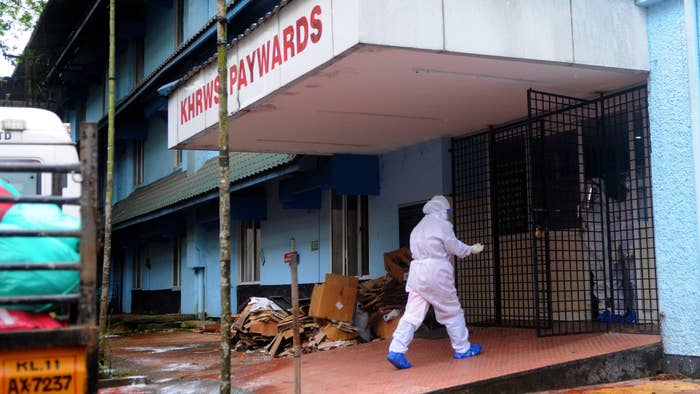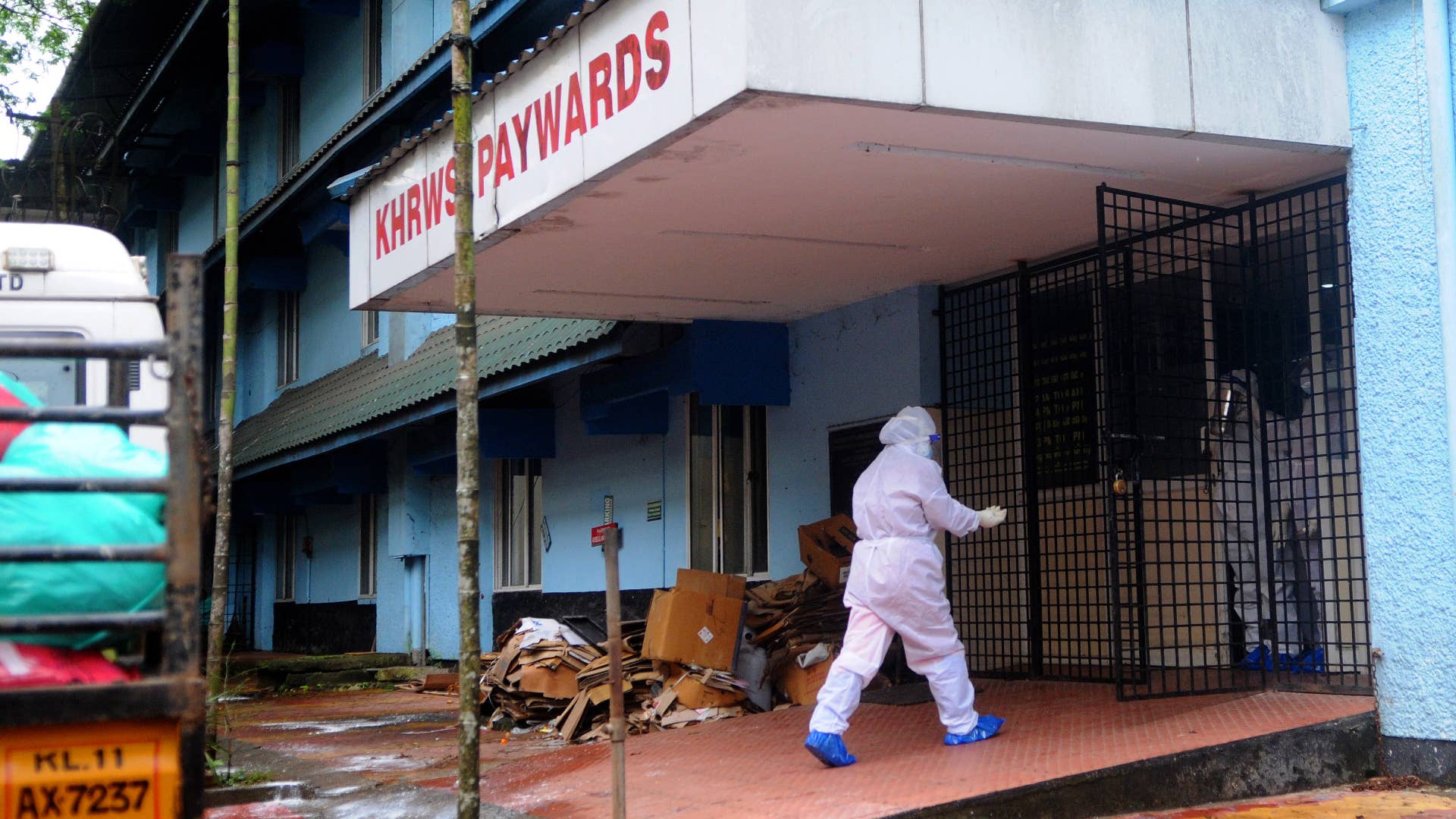
The Indian state of Kerala was reported to be on high alert for the Nipah virus earlier this week following the recent death of a 12-year-old boy, all while the region—like many others around the globe—is still facing problems brought on by the COVID-19 pandemic.
The boy, per a CBS News report from Arshad R. Zargar, was first admitted to a hospital due to a high fever. Suspecting brain inflammation amid worsening conditions, the child’s blood samples were sent off to the National Institute of Virology. The tests ultimately confirmed Nipah, with the boy confirmed to have died on Sunday.
By Monday, the state’s health minister said an estimated 188 people who came into contact with the boy had been identified, with 20 of them determined to be potentially “high-risk” contacts. As pointed out by the Associated Press, samples of eight primary contacts have come back negative. Meanwhile, two healthcare workers—per CBS—were showing symptoms of a Nipah infection on Monday. They have since been taken to a hospital.
Nipah, notably, is not connected to the coronavirus responsible for the worldwide pandemic that’s still in progress. But what is it, exactly?
The Nipah virus, per the CDC, was first discovered in 1999 after an outbreak of disease “in pigs and people in Malaysia and Singapore.” This outbreak resulted in nearly 300 human cases and more than 100 deaths. Additionally, more than a million pigs were killed as part of outbreak control efforts. Fruit bats are the animal reservoir for the virus, infections from which are linked with swelling of the brain.
Since 1999, there have been no known outbreaks in Malaysia or Singapore. However, there have been other outbreak reports near-annually, mostly in Bangladesh and India. Infection symptoms for the zoonotic virus are said to range from mild to severe, with deaths reported in 40-70 percent of those infected during known outbreaks between 1998 and 2018.
As has been widely pointed out in a number of recent reports, Nipah is deadlier than COVID-19.
Here’s more from the CDC:
“People can become infected if they have close contact with an infected animal or its body fluids (such as saliva or urine)—this initial spread from an animal to a person is known as a spillover event. Once it spreads to people, person-to-person spread of NiV can also occur.”
There is no vaccine for the Nipah virus. Previously, the World Health Organization identified Nipah as a priority disease for its Research and Development Blueprint.
In areas (i.e. Bangladesh, India, Malaysia, and Singapore) where Nipah virus outbreaks have been reported, people are advised to follow a range of health precautions including regular handwashing, avoiding contact with sick bats or pigs, avoiding regions where bats roost, avoiding consumption of raw date palm sap, and more.


